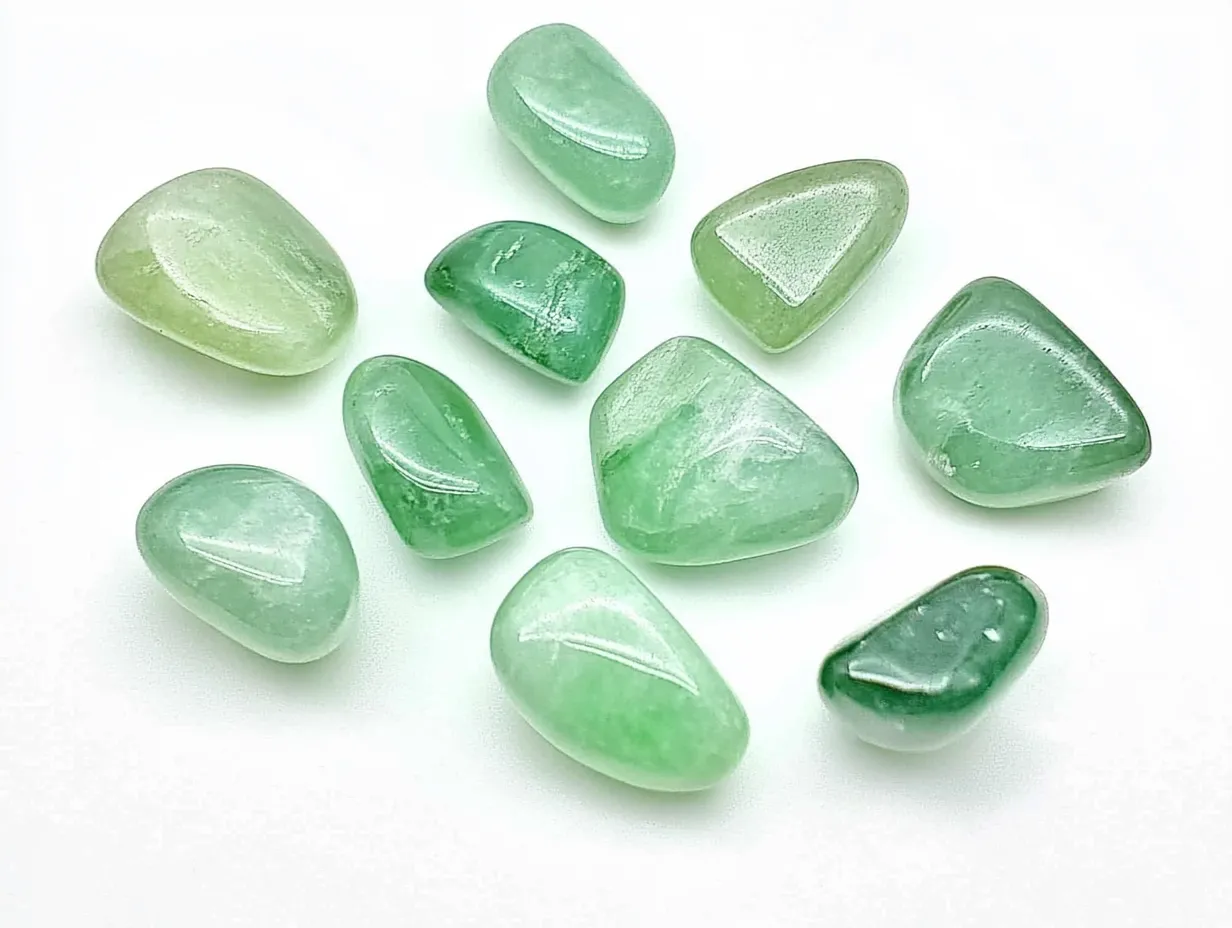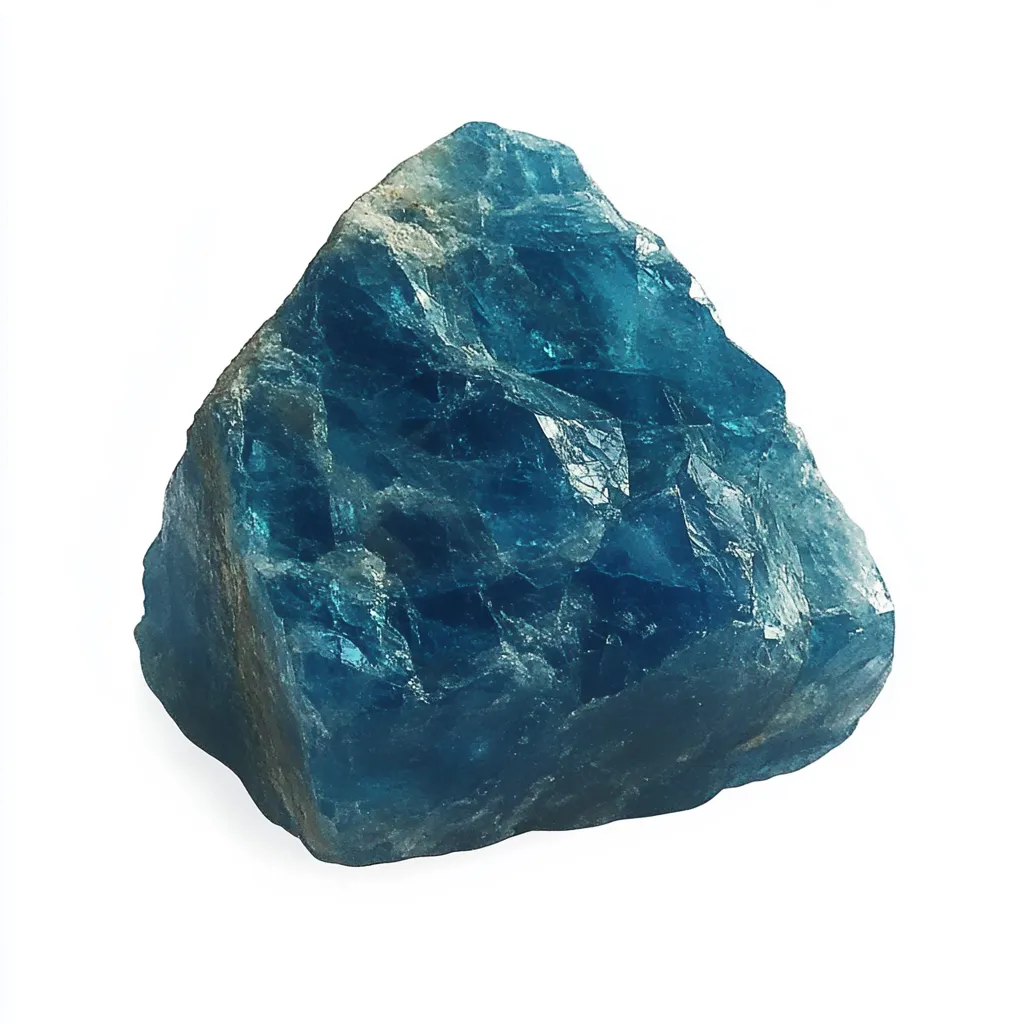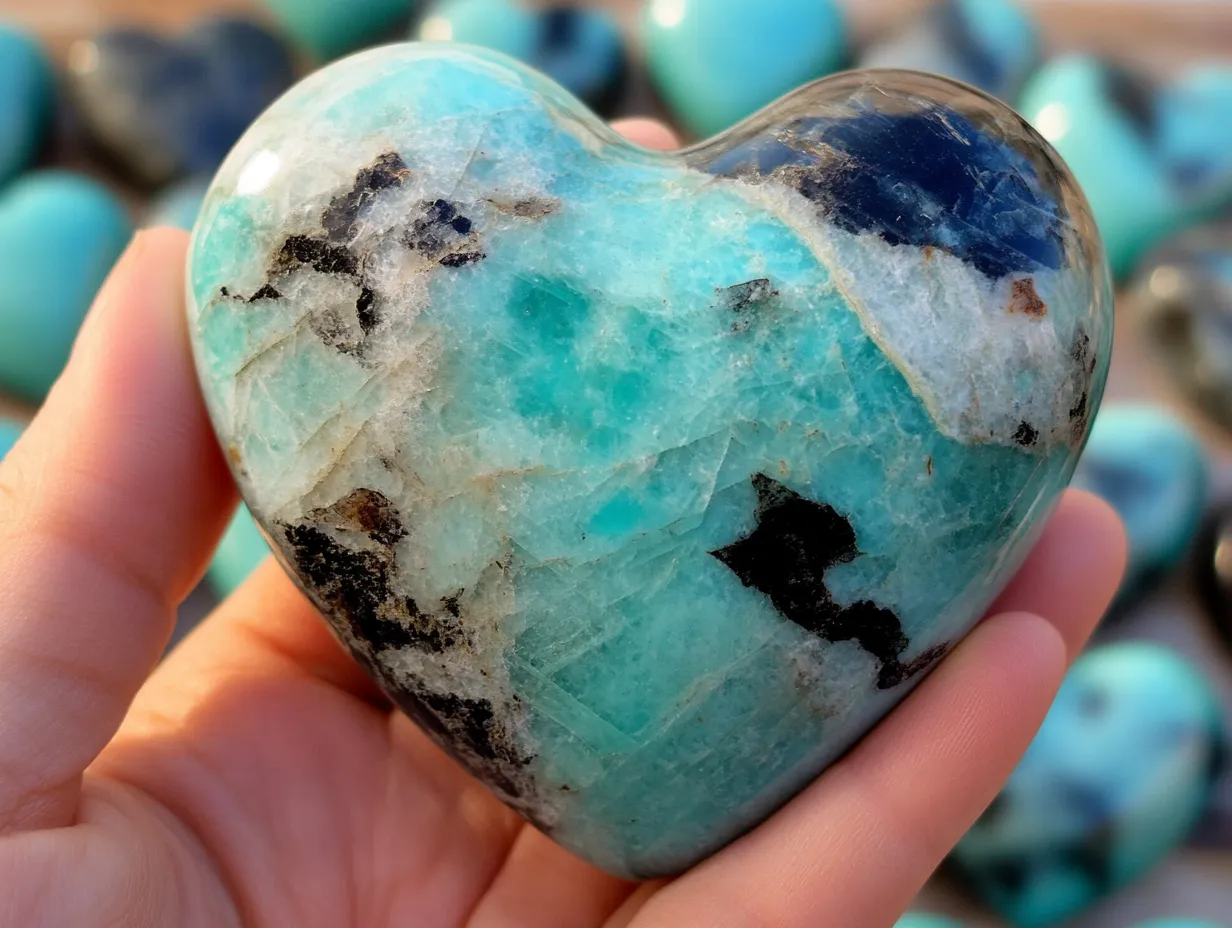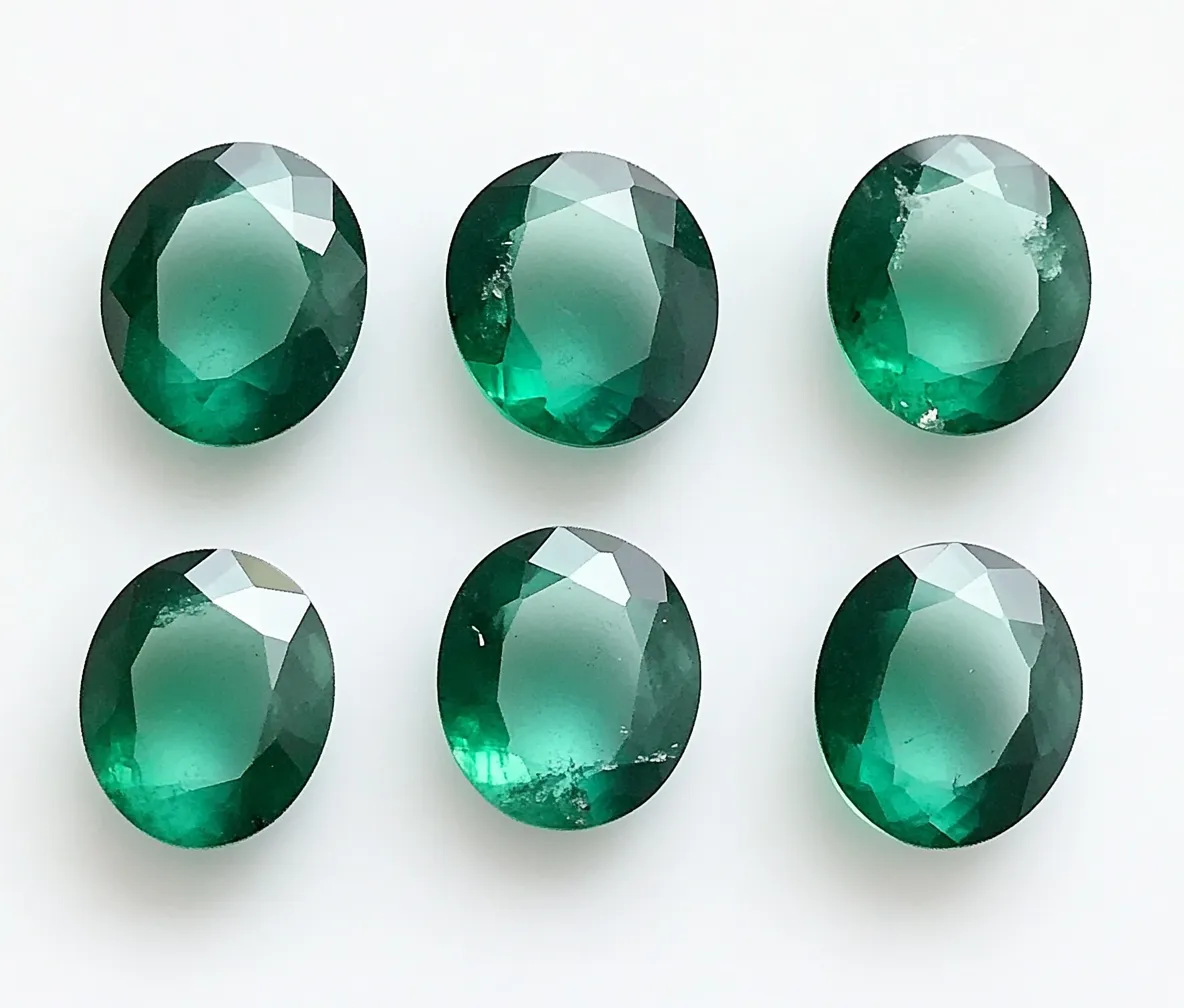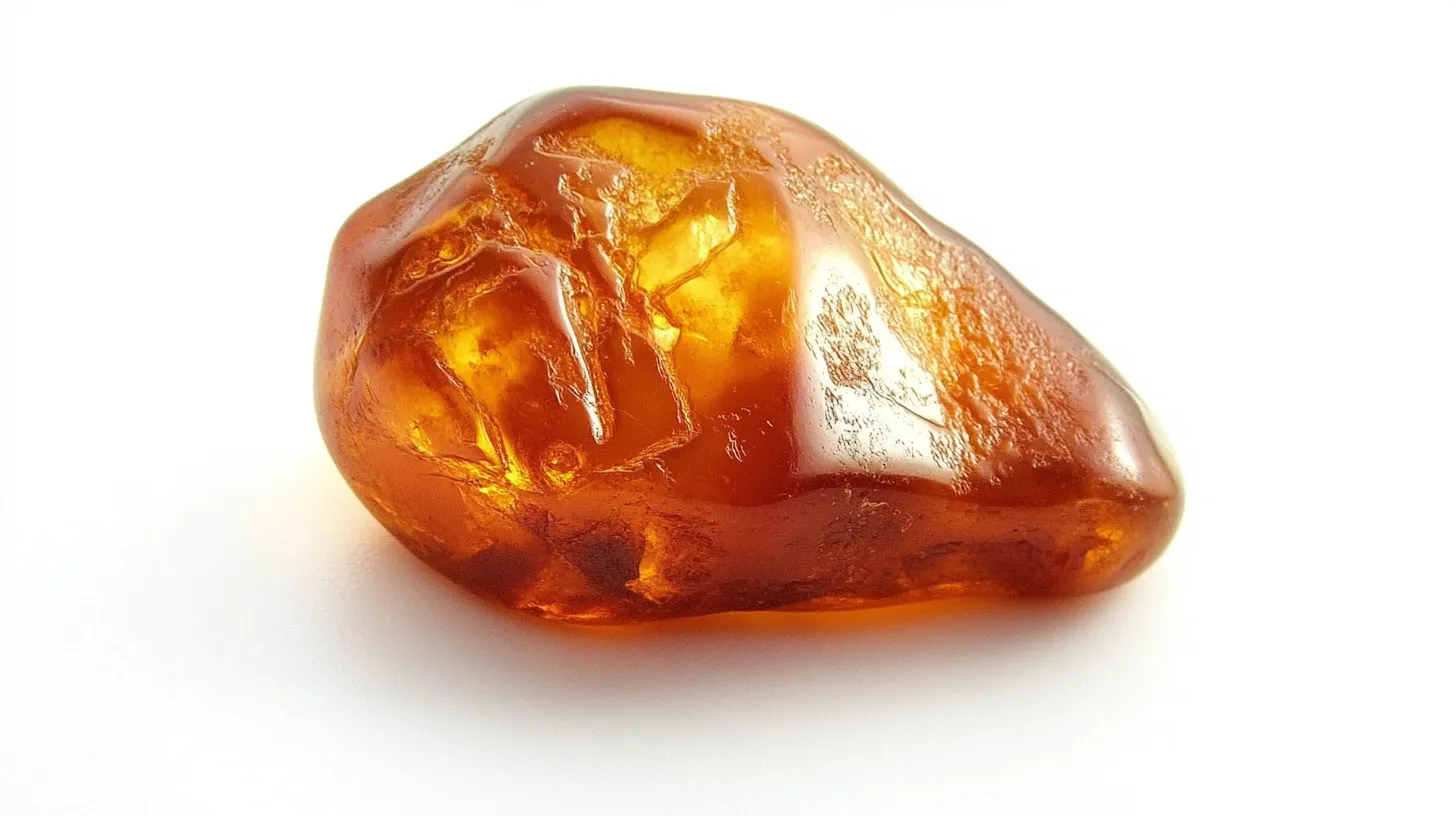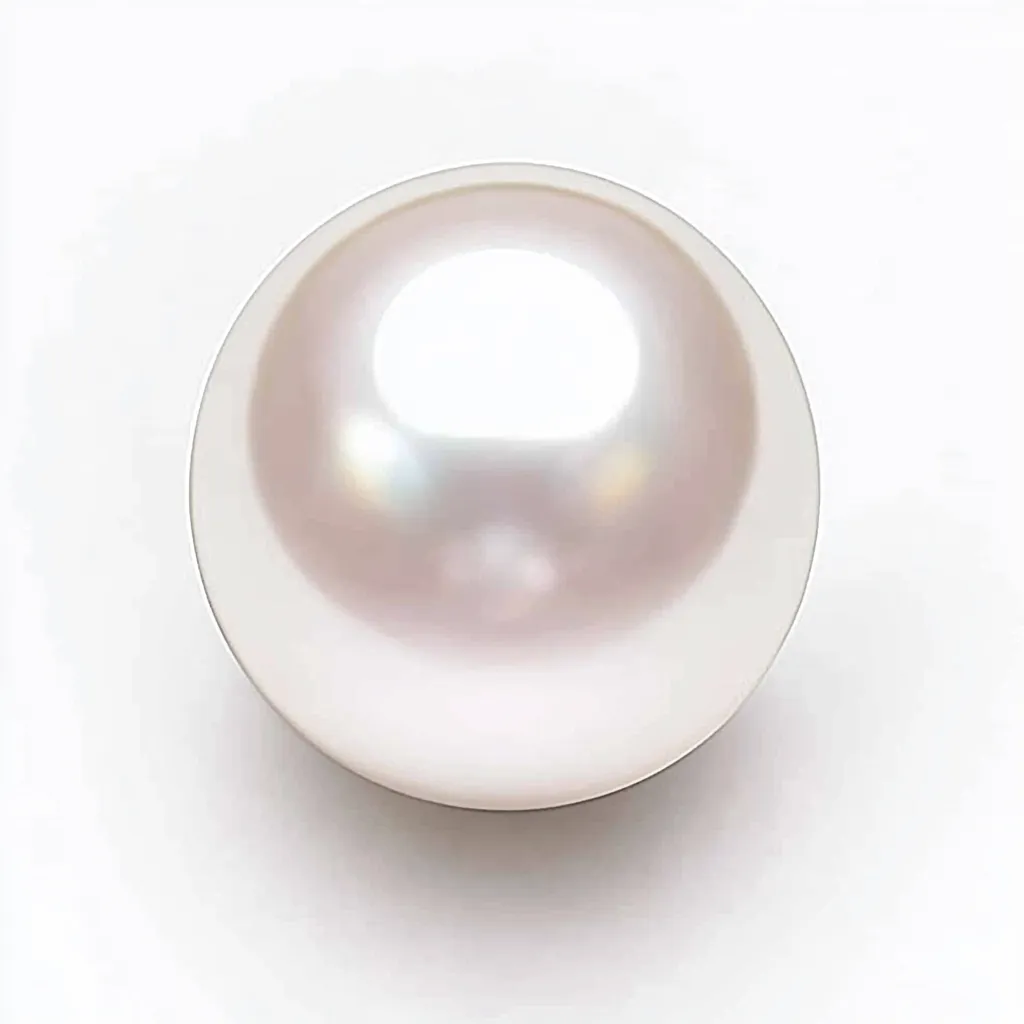Emerald Gemstone
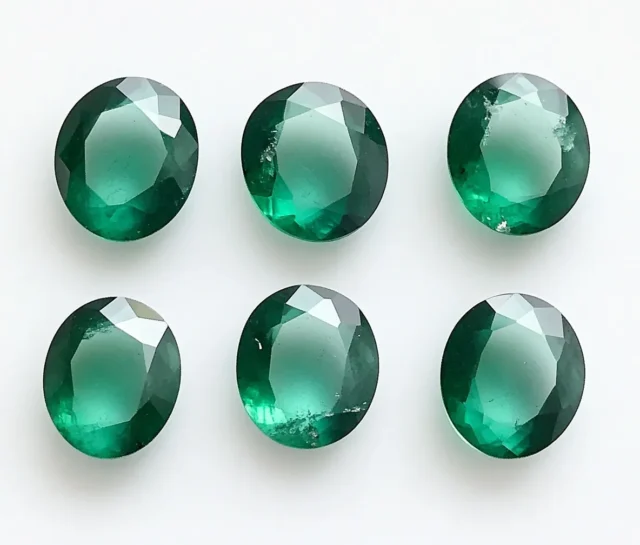

Emerald Gemstone Meanings and Introduction
The timeless appeal of an emerald’s green glow is undeniable. It is inextricably linked with notions of renewal, enlightenment, and understanding. While it’s one of the most beautiful gemstones, it also has powerful scientific and metaphysical ideas. The mind, it is said, is sharpened by this lovely green stone; the simmering emotions are calmed; the heart—in all its desire and capability—opens wide.
Emerald is connected to the heart chakra in metaphysical circles. Its rich green colour is a symbol of growth, harmony, and balance—just like spring after a long winter. Whether you wear it as jewellery or place it in your space, this gemstone is said to bring wisdom and patience. In general, any kind of green stone is said to work magic in those departments.
History of the Emerald Gemstone
Were you aware that Cleopatra was obsessed with emeralds? The ancient Egyptians not only excavated emeralds as early as 1500 BCE, but they also held the belief that the gemstones conferred everlasting youth. Some went so far as to entomb emeralds with the deceased, banking on the gems to help guide them through the afterlife.
Colombia’s Muzo indigenous people held emeralds as sacred long before Spanish colonisers set foot in the region. When these Spanish conquistadors first encountered the brilliant green gemstones, they were understandably taken aback by their beauty—and stunned by their worth. In fact, many cultures of antiquity viewed emeralds as being even more precious than diamonds.
Emeralds eventually made their way into royal crowns, religious artefacts, and tokens of love. They are still prized today for their beauty and their associations with precious lore, especially the emeralds that are sourced from Colombia, Zambia, and Brazil.
Table: Key Historical Highlights of Emerald
| Time Period | Region/Culture | Belief or Use |
|---|---|---|
| ~1500 BCE | Ancient Egypt | Symbol of youth; used in burials |
| Pre-Columbian Era | Muzo people, Colombia | Considered sacred |
| 16th Century | Spanish Conquistadors | Valued emeralds more than gold or diamonds |
| Modern Times | Global (esp. Colombia, Zambia, Brazil) | Prized for beauty and lore |
Physical Properties of Emerald Gemstone
Emerald is a kind of beryl. It is coloured green with traces of chromium and vanadium. Its lovely hue is the most defining trait of emerald, although clarity and cut also affect value. On the Mohs hardness scale, emerald ranks around 7.5 to 8, making it durable, but this mineral is certainly not invincible.
Most emeralds, unlike diamonds, contain inclusions. The inclusions are often charmingly called ‘jardin’ (French for ‘garden’). These internal features make each emerald a singular piece, like a fingerprint. In addition to their unique appearance, emeralds are among the most fragile gems.
Most emeralds are enhanced with oils or resins to improve their clarity. This is standard industry practice, but it’s a good idea to ask about the treatment when buying high-quality emerald jewellery.
Table: Physical and Chemical Properties of Emerald
| Property | Description |
|---|---|
| Mineral Family | Beryl |
| Colouring Elements | Chromium, Vanadium |
| Hardness (Mohs) | 7.5 to 8 |
| Common Treatments | Oil or resin enhancements |
| Notable Features | Inclusions (‘jardin’), variable clarity |
Emerald Gemstone Healing Properties and Benefits
Can a stone really affect your mood or energy? Many crystal enthusiasts believe that it affects the nature of emotional energy and can aid emotional healing. The emerald is considered especially powerful in this regard because it’s often used to promote healing in anything involving emotional matters, particularly those concerning the heart (and we all know how that can get messed up!).
Apart from maintaining emotional equilibrium, a few practitioners use emeralds to augment mental sharpness. The gemstone is purported to improve memory, intuition, and even creativity. Those in the business of writing, artistry, or thought might find the stone handy in their quest for novel ideas.
At a basic level, certain people assert that emeralds can help with eye conditions, detoxification, and heart-related problems. Although these effects aren’t scientifically proven, the soothing presence of emeralds could be a factor in their alluring reputation.
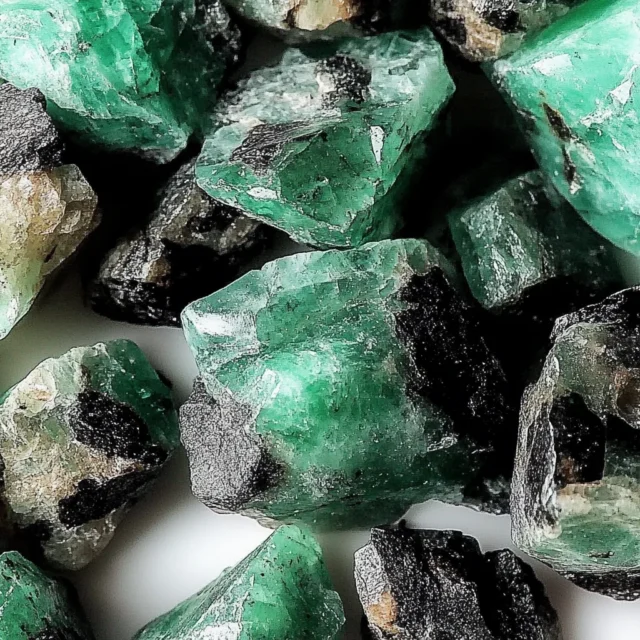
Types of Emerald Gemstone
At first glance, emeralds may appear similar, but they are not all created equal. Their formation and origin yield distinctly different varieties, each with its charm and energy.
The Colombian emerald is one of the most sought-after types of emeralds, held in high regard for its pure, unblemished green colour and a decided absence of blue undertones. Among the richest sources of Colombian emeralds, the Muzo and Chivor mines have yielded some of the world’s finest and most highly prized emeralds. In contrast, Zambian emeralds frequently sport a cooler tone, more consistently bluish-green, but they’re found in decomposing granite and have excellent clarity—that is, they’re visibly perfect, even though some of them contain quite a bit of inclusional material.
Comparison of Emerald Types by Origin
| Type of Emerald | Country of Origin | Color Tone | Clarity | Notable Feature |
|---|---|---|---|---|
| Colombian | Colombia | Pure green, no blue | High | Muzo & Chivor mines produce world’s best stones |
| Zambian | Zambia | Bluish-green | Excellent | Found in decomposing granite |
| Brazilian | Brazil | Lighter green | Variable | More affordable, good for beginners |
| Synthetic | Lab-created | Varies | High | Same look & energy, lower cost |
One more notable type is the Brazilian emerald, which is usually lighter in colour but is often more affordable. These stones are a wonderful introduction to a collection for enthusiasts or lovers of crystals because they are beautiful and attainable. Synthetic emeralds also exist, offering the same metaphysical properties and beautiful aesthetics but at a fraction of the cost.
Tips to Cleanse Your Emerald Gemstone
Similar to our need to restore our energy after a long day, emeralds benefit from a well-timed energetic sinusoidal cleanse. This action keeps their vibrational frequency, well, vibrant, and your connection to them, well, connected.
One gentle method for cleansing your emerald is to place it on a bed of sea salt overnight. The salt draws out absorbed energies without damaging the stone. You can also leave it under moonlight—preferably during a full moon—to restore its natural vibrancy. “Unlike some crystals, emeralds are sensitive to heat and harsh chemicals,” says Shumsky, so avoid using boiling water or commercial cleaners.
Popular Emerald Cleansing Methods
| Cleansing Method | Description | Notes |
|---|---|---|
| Sea Salt Bed | Absorbs negative energies overnight | Gentle and effective |
| Moonlight Bath | Restores vibrancy with full moon energy | Avoid sunlight to protect color |
| Sound Cleansing | Uses singing bowl or tuning fork to clear stagnant energy | Ideal for meditation-use emeralds |
| Avoid Harsh Chemicals | No boiling water or chemical cleaners | Emeralds are sensitive to heat and abrasives |
Another understated approach is sound cleansing. A Tibetan singing bowl or a tuning fork can create resonant vibrations that remove stagnant energy from your gemstone. This effect is particularly beneficial if your emerald is used in meditation or is worn regularly.
Emerald Gemstone Meanings in Divination
The divination and spiritual practices for which emeralds have been used throughout history are many and varied. Emeralds’ energy aligns most closely with the heart chakra, making them powerful allies for love, trust, and truth.
In tarot readings or pendulum work, emeralds are said to support and promote honesty and insight. Some practitioners even place an emerald nearby during a reading to help boost and enhance their intuition. The stone is believed to amplify the reader’s ability (and the querent’s, too) to sense and figure out hidden truths. When it comes to enhancing rituals or divination work, emeralds can be used just like any other stone—by using its energy to aid in the ritual.
According to ancient Greek legends, emeralds had the power of precognition. They were linked with the goddess Venus, and in her name, they were attributed with qualities of love that one might call “unconditional” and “protective.” Even without a belief in the mystical, the emerald’s rich history is hard to resist.
Emerald Gemstones and Angels
You may ask—what do green gems have to do with divine messengers? Indeed, there are numerous connections between green gems and divine messengers. Angelic healers often connect the green gem known as the emerald with Archangel Raphael, the compassionate angel who directs healing energy to those in need.
Many believe that Raphael is more present when meditating with emeralds. This stone’s heart-centered energy aligns perfectly with Raphael’s mission to heal both emotional and physical ailments. If you’re seeking divine assistance in obtaining health for yourself or a loved one, the emerald can help you reach that state of deep connection.
Certain individuals use emeralds in the composition of angelic petitions or when establishing altars as a symbol of divine benevolence. It proves an effective means to materialise heavenly help— to make palpable and present the kind of ethereal aid that ensures peace and order.

Questions and Answers
Other Details About Emerald
Emerald Birthstone
The customary birthstone for May is emerald, and it represents renewal, hope, and growth. The emerald’s calming energy and clarity of thought are associated with this month’s births. Ancient Romans identified emeralds with Venus, the goddess of love, which certainly adds an emotionally profound aspect to the May birthstone. Today, gifting emerald jewellery to someone celebrating May’s birthday is not only pretty but also carries with it a profound meaning.
Emerald Value
Four main factors influence the value of an emerald: colour, clarity, cut, and carat weight—like diamonds, that is. The most prized emeralds display a rich, vivid green hue with a slight bluish tone and very few inclusions (if any). Colombian emeralds are supposedly the finest, and their price can far exceed that of a high-quality diamond. GIA says top-tier emeralds can fetch over $10,000 per carat. Even moderately priced emeralds, however, are surprisingly valuable—thanks to their very real rarity and allure.
Emerald Value Factors Comparison
| Factor | Ideal Characteristics | Impact on Value |
|---|---|---|
| Colour | Vivid green with slight bluish tone | Highest impact |
| Clarity | Few or no visible inclusions | Increases rarity/value |
| Cut | Precision cuts that enhance brilliance | Affects brilliance & price |
| Carat Weight | Larger stones with quality factors above | Higher carat = higher price |
Emerald Green Aesthetic
Emerald green is more than simply a colour; it’s a lifestyle aesthetic. This deep, luxurious hue brings to mind the sophistication, elegance, and the very real vitality of nature. From the runways of fashion to the design of our interiors, this shade makes a powerful, if not perfectly subtle, statement. Stylistically, it’s recommended as a wearable confidence booster—with or without accessories—that also looks quite handsome in the realm of home decor. It actually works well with both warm and cool palettes and pairs gorgeously with navy, gold, and beige.
Emerald Green in Style & Design
| Usage Area | Effect of Emerald Green | Common Pairings |
|---|---|---|
| Fashion | Boosts confidence, adds elegance | Navy, gold, beige |
| Home Decor | Adds vibrancy, sophistication | Warm and cool palettes |
| Accessories | Statement piece, timeless appeal | Minimal or bold outfits |
Clear Cut Emerald
While rare, a clear-cut emerald is truly a treasure in the world of gemstones. Most emeralds contain inclusions known as “jardin”, a French word meaning garden, which describes their natural moss-like appearance. But when a clear emerald is discovered—with minimal visible flaws and high transparency—it becomes a collector’s dream. These are often precision-cut into designs like the classic emerald shape or cushion shape to enhance their brilliance while preserving carat weight. Clear emeralds are not only stunning but also exceptionally valuable.
Purple Emerald
Even though the term ‘purple emerald’ may sometimes be seen online, it can be safely said to be a misnomer. An emerald, by its very definition, is a green variety of the mineral beryl. Any purple stones in the beryl family would actually not fall under the emerald classification and might more accurately be described as kunzite, purple fluorite, or other such gems. I’ll also add that some treated or even synthetic stones might display a purplish hue, often for decorative or novelty purposes.
Emerald Stone Raw
Newly mined emeralds have an unpolished beauty that even the finest treasures cannot match. These unrefined, uncut gemstones show the natural crystal formation and are often used in handmade jewellery. According to Guégan, holding a raw emerald can feel like connecting with the ancient energies held deep in the planet. Likewise, part of the appeal for collectors seems to be the emerald’s “untouched purity,” which lends the stone a vibrational power that even the most beautifully crafted jewellery can only imitate.
Sun Stone Emerald
The term “Sun Stone Emerald” can cause some confusion because sunstone and emerald are two different minerals. Yet in the metaphysical community, this phrase may refer to the spiritual partnership of Sunstone’s high vibration energy with Emerald’s heart-centered clarity. Together, they are believed to balance joy and compassion, which makes sense, considering they are both beautiful, powerful stones. Whether worn or meditated upon, this duo brings warmth to the soul and focus to the heart.
Emerald Green Aura Meaning
Individuals with an aura of emerald green are frequently viewed as natural healers—empathetic, magnanimous, and emotionally stable. This colour aura denotes a profound association with the heart chakra and symbolises conditions of love, renewal, and personal evolution. When someone emits emerald green energy, they’re usually providing a setting for the kind of peace that makes other individuals feel safe and almost ‘seen’. It’s the kind of aura you might associate with a compassionate teacher, an unfailingly generous friend, or a person whose calmness makes them a rational and approachable confidant.

